$50.00
- Hi,Sign in
- Orders
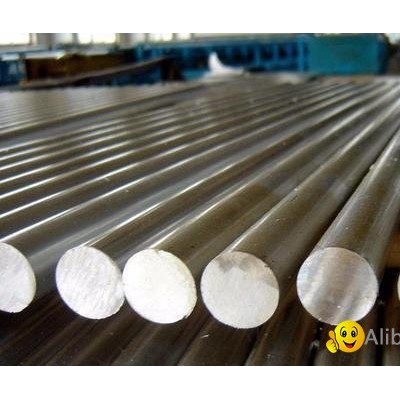
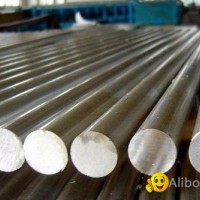
$50.00





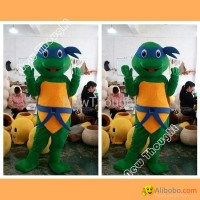






4J29 alloy is also known as Kovar alloy. The alloy has similar linear expansion coefficient, higher Curie point, and good microstructure stability at low temperature to that of borosilicate hard glass at 20~450℃. The oxide film of the alloy is dense and can be well infiltrated by glass. And does not interact with mercury, suitable for use in mercury discharge meters. It is the main sealing structure material of electric vacuum device.
4J29 Chemical Composition:
C or less 0.03% Mn Si acuities were 0.50% and 0.30% or less P 0.020% S 0.020% Cu 0.20% or less or less or less Cr Mo acuities were 0.20% and 0.20% or less
Ni Co = 16.8 = 28.5 ~ 29.5% ~ 17.8%
Fe = allowance
When the average linear expansion coefficient reaches the standard, the content of nickel and cobalt is allowed to deviate from the range specified in Table 1-2. The content of aluminum, magnesium, zirconium and titanium should not exceed 0.10% each, and the total amount should not exceed 0.20%.
4J29 alloy is also known as Kovar alloy.
The alloy has similar linear expansion coefficient, higher Curie point, and good microstructure stability at low temperature to that of borosilicate hard glass at 20 ~ 450℃. The oxide film of the alloy is dense and can be well infiltrated by glass. And does not interact with mercury, suitable for use in mercury discharge meters. It is the main sealing structure material of electric vacuum device.
2/4J29 Material grade 4J29.
Dork K KV-1 Dilver P0 Vacon 12 29H к -B и Rodar KV-2 Techallony Glasseal 29-17 Telcaseal KV-3 Dilver P1 Silvar 48
4/4J29 material technical standard YB/T 5231-1993 "Fe-Ni-Co glass seal alloy 4J29 and 4J44 technical conditions".
C≤0.03% Mn≤0.50% Si≤0.30% P≤0.020% S≤0.020% Cu≤0.20% Cr≤0.20% Mo≤0.20% Ni=28.5 ~ 29.5% Co=16.8 ~ 17.8% Fe= margin When the average linear expansion coefficient reaches the standard, the content of nickel and cobalt is allowed to deviate from the range specified in Table 1-2. The content of aluminum, magnesium, zirconium and titanium should not exceed 0.10% each, and the total amount should not exceed 0.20%.
The 6/4J29 heat treatment system standard provisions of the expansion coefficient and low temperature microstructure stability of the performance test sample, in hydrogen atmosphere heated 900℃±20℃, hold for 1h, then heated 1100℃±20℃, hold for 15min, at a speed of no more than 5℃/min below 200℃ cooling out of the oven.
The alloy is a typical fe-Ni-Co hard glass sealing alloy used in the world. After long-term use in aviation factory, the performance is stable. Mainly used for glass sealing of electric vacuum components such as transmitting tube, oscillating tube, ignition tube, magnetron, transistor, sealing plug, relay, lead line of integrated circuit, chassis, shell, bracket, etc. In application, the expansion coefficient of the selected glass should match that of the alloy. The low temperature microstructure stability is strictly tested according to the service temperature. Proper heat treatment should be carried out in the process of processing, so that the material has good deep drawing and extension performance. Air tightness should be strictly tested when forging materials are used.
The microstructure of 8/4J29 alloy should not appear martensite structure after the alloy is treated according to the heat treatment system stipulated in 1.5 and then frozen at -78.5℃ for more than or equal to 4h. However, the austenite (γ) will change to acicular martensite (α) in different degrees at room temperature or low temperature when the alloy composition is not appropriate, and the transformation is accompanied by volume expansion effect. The expansion coefficient of the alloy is corresponding, resulting in the sharp increase of the internal stress of the sealing piece, and even some damage. The chemical composition of the alloy is the main factor affecting the microstructure stability at low temperature. From the ternary phase diagram of Fe-Ni-Co, it can be seen that nickel is the main element of stable γ phase, and higher nickel content is beneficial to the stability of γ phase. The microstructure of the alloy tends to be more stable with the increase of the total deformation rate. Component segregation may also cause local γ→α phase transitions. In addition, the coarse grain size also promotes the γ→α phase transition.
4J29 felling alloy 4J29 felling alloy density 4J29 felling alloy hardness 4J29 felling alloy dealer 4J29 felling alloy manufacturer 4J29 felling alloy manufacturer 4J29 felling alloy performance 4J29 felling alloy composition 4J29 felling alloy hardness AI Dongguan felling alloy by Shanghai 4J29 Zhejiang 4J29 Shenzhen 4J29
| The Company | Dongguan Oushang Metal Material Co., LTD |
| The contact | Liu Na |
| The Address | No. 26 liheng Road, Liheng Village, Qingxi Town |
| The Website | https://www.alibobo.com/com/donggu983/ |
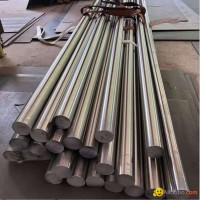
$50.00
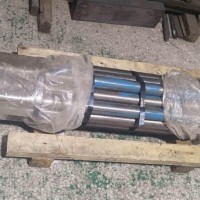
$50.00
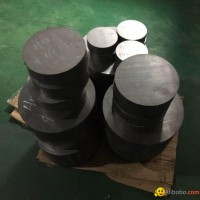
inquiry
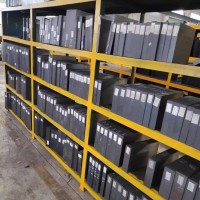
$15.00
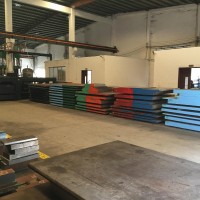
$10.00
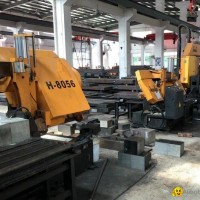
$10.00

$50.00
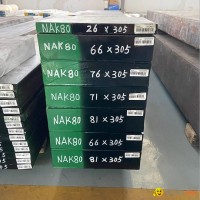
$7.90
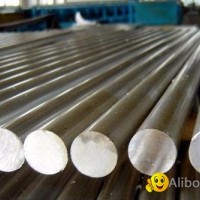
$10.00
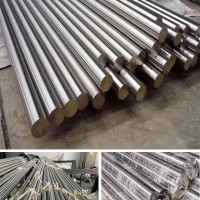
inquiry
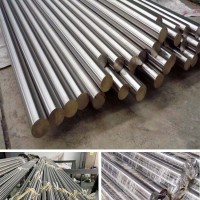
$10.00
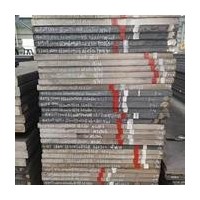
$15.00
Response Rate: High
Avg Response Time: 24–48 h
Business Type: